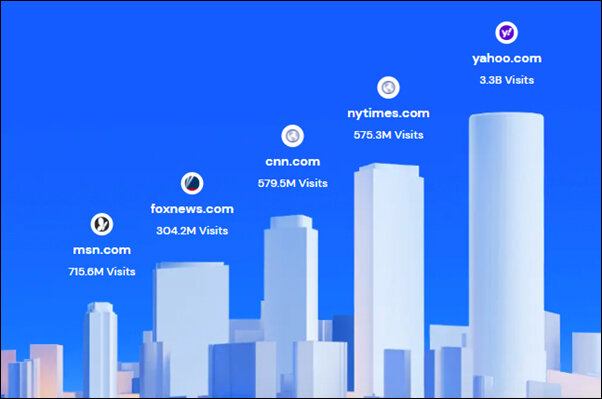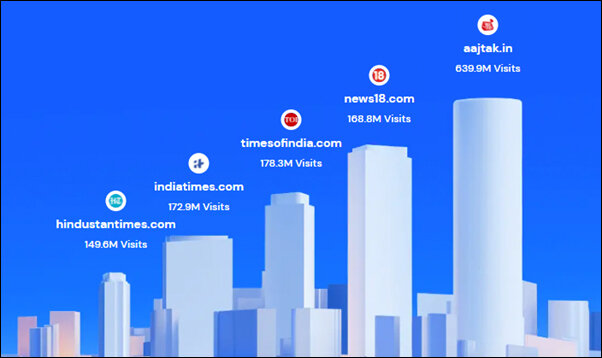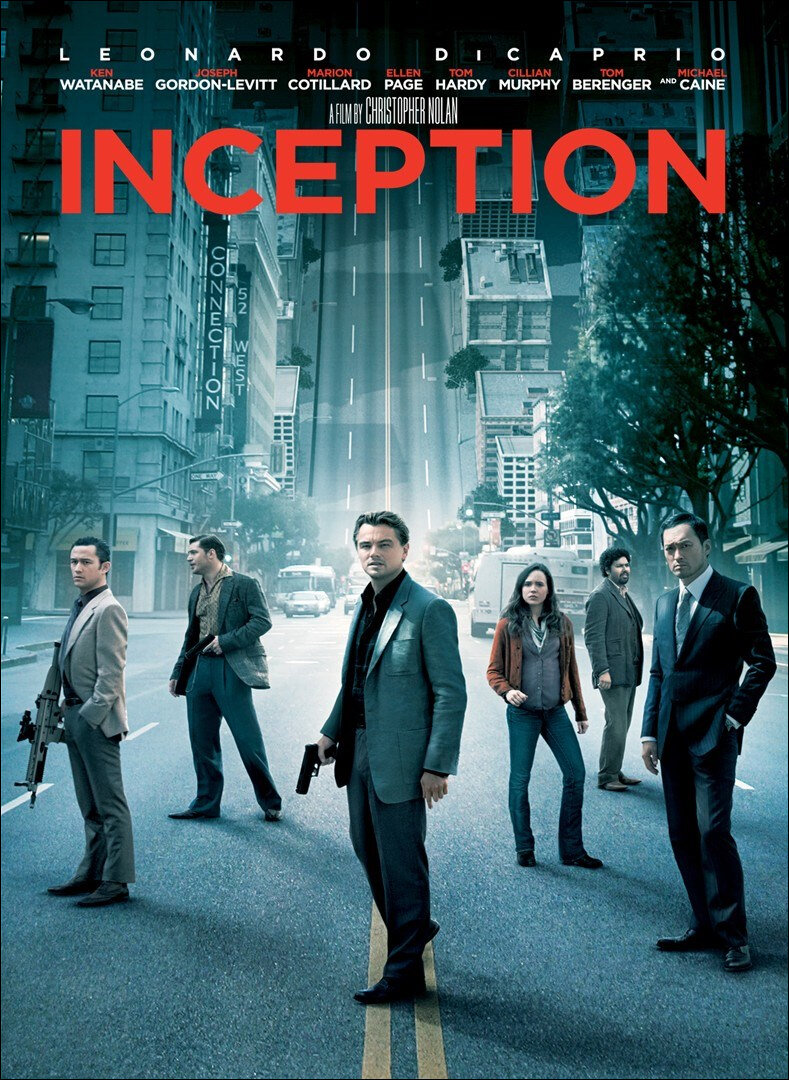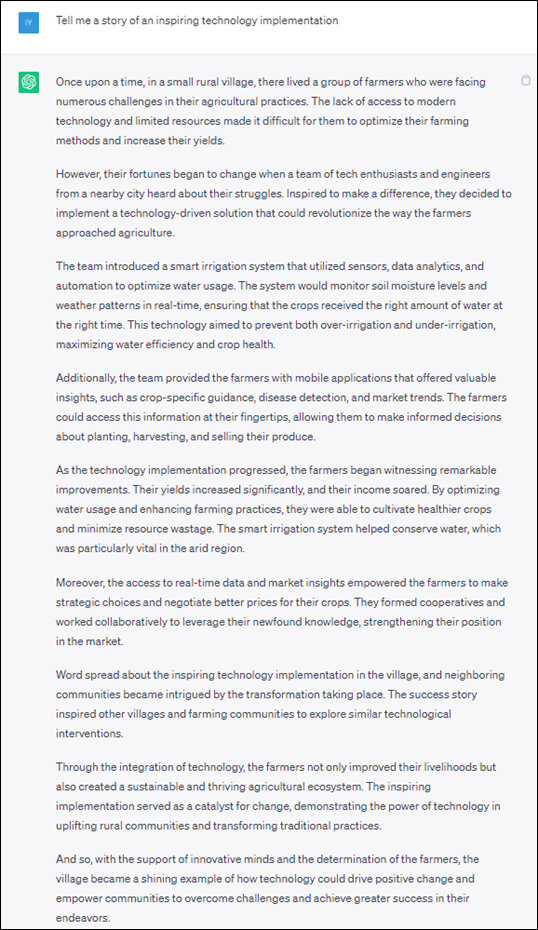“ChatGPT may give you some content but it is no match to the acumen that a human-writer brings to the table”, says Sairaj.
ChatGPT is the perfect storm to hit our writing industry which has been reeling with its own set of issues. To a majority of journalists, editors, ghost-writers, script-writers, and coders who’ve spent lives in obscurity waiting for the big buck, ChatGPT is a spirit-crusher.
OpenAI’s tool not only threatens to replace humans but it also has raised the belief that an automated tool can do anything.
Write like Wordsworth… Rewrite this as a Paulo Coelho quote for a Tweet… Write a Karan Johar plot… Make economics as interesting as Vivek Kaul does… Or tell me a scientific story as riveting as Tim Harford…

We may not agree, but ChatGPT fails with the above prompts. And despite its inability to write creatively, it threatens to do to the content industry, what Jio did to India’s telecom; Paytm and UPI to mobile payments; or Apple and Samsung to smartphones.
For the uninitiated, content as an industry has mostly blamed reader/viewer’s lack of interest and awareness to under-pay writers. But the root-case was never considered – oversupply. Before we get into what the communication industry has used ChatGPT for, it is only desirable that one looks at the supply-demand.
Although a definitive number is hard to find, the top-five American websites collectively gained some 2.1 bn visits in the month of May 2023. According to Similarweb.com.

Top-five Indian websites for comparison did just 1.3 bn.

That, despite India being the world’s most populated country and region with higher density of smartphones.
The over-supply is visible in the number of books, websites, movies, newspapers, magazines, marketing paraphernalia and all of that in multiple languages that India produces.
To summarize, the industry may have two concurrent issues. First, not knowing how much to produce. And second, the onslaught of a tool that was originally invented to do something else. ChatGPT was not a content factory but rather a chatting / web-chat tool. For easy reference, a hammer to clean drains.
And surprisingly, ChatGPT has cemented its position in the past few months as a content creator. And with that there is an underlying presumption that humans must be kept off any writing work. However, three of ChatGPT’s fallacies, makes human writers a rare breed.

1. Credibility/Attributive Capabilities:
Some of my colleagues at Sify.com have written on ChatGPT’s hallucinatory effect. Here, Satyen, a Sify author, explains hallucinatory gaffes made by ChatGPT. In simple words, it assumes things that do not exist. Imagine writing a non-fiction article and quoting an imaginary character. Blasphemous!
Besides hallucination, ChatGPT also involves an attributive error. It never credits the source, and may attribute wrong things. This is evidently a reason why colleges, research and academia have been crying out loud about the reason to abstain from ChatGPT. To understand this issue, here’s a ChatGPT prompt:
Who was India’s first CIO or CTO?
ChatGPT throws a bunch of 5-6 names. But prominently a name from ICICI bank stands out.
Can you explain once more! Also, who was ICICI Bank’s first CIO?
With conviction it names an unverifiable person as ICICI bank’s CIO in 1999.
Upon further inquiry, it first changes the year and then the name of the person.
After a third confirmation, the tool relents and says it could be wrong.
If OpenAI indeed was trained on a vast repository of data sources prior to 2019, it should have had the capability to explain a simple ‘who said what to whom.’
‘Who said what to whom’ is an elementary theory taught at a communication school. Theories such as the Shannon-Weaver’s communication model, the Aristotle’s principles, or the contemporary Westley & Maclean models, all of them involve ‘sender, receiver and the message’ as basic tenets of a working communication workflow.
A fortnight ago, TV channel announced the launch of ‘AI Kaur’ based on an AI model that replaces human anchors. The TV channel is yet to explain the algorithms or the biases. Usage of ChatGPT is likely to increase the task-load of human fact-checkers in the newsroom. Not to mention, it will already add chaos or noise in an already divided newsroom.

2. The ability to emote creatively.
I ask ChatGPT to visualize a different conclusion than what Christopher Nolan gave the world with Inception. Full marks to ChatGPT’s intentions, but the output is so pedestrian that it is boring. You can try it for yourself on the OpenAI portal.
When prompted with a query on an imaginary conversation between a son and father, ChatGPT outputs a bland story. When requested to narrate an inspiring story of technology implementation – it presents the story of Swades in a very archaic manner.
Here’s the story:

Is ChatGPT creative? Well, personal preferences may differ. The reader may appreciate its simple vocabulary. But, there is no creative write-up. You see, the task for journalists and writers is not just to document events and phenomenon. But, also present them in an engaging manner. Writers could do it using a range of figures, rhetorics, styles, and examples.
Moreover, with the average reader’s attention span dwindling less than that of a Goldfish – 8 seconds (Nielsen study), there is no way a boring copy would hook audiences. Marketeers and brands that truly realize how crucial content is to their audiences, are likely to trust a human than AI. That, under the current scheme of development with the GPTs.

3. WHAT YOU WANT IS NOT WHAT YOU SAY!
People in the media and entertainment industry are responsible for my hope that human-writers would sustain. A seasoned corporate-communications professional explains the fundamental reason for writers’ existence despite ChatGPT – inability to prompt. In simple words, despite ChatGPT’s simplicity, clients do not have the time or acumen to seek desired output.
In my personal observation, content assignments in the last six months have failed to explain target audience, psychographics, word-count, or even the basic CTA (Call to Action). Two months ago, it took a 30-minute phone-conversation to understand the client expectation. And what came out from the conversation were just two words – Solar & Technology.
Imagine, a tailor being asked to stitch a yellow shirt of size 44. No precise measurements, no choice of fabric, and no suggestions of the occasion. With a brief as tiny as two words what exactly are agencies expecting to prompt ChatGPT with?
The rebuttal from technology practitioners is how ChatGPT is meant as a conversational tool and not for writing content per se. These are folks who want to speak with a human than an IVR to prevent misuse of their credit card.
ChatGPT with its current prowess may give you some content but it is no match to the acumen that a human-writer brings to the table.
In case you missed:
- None Found









